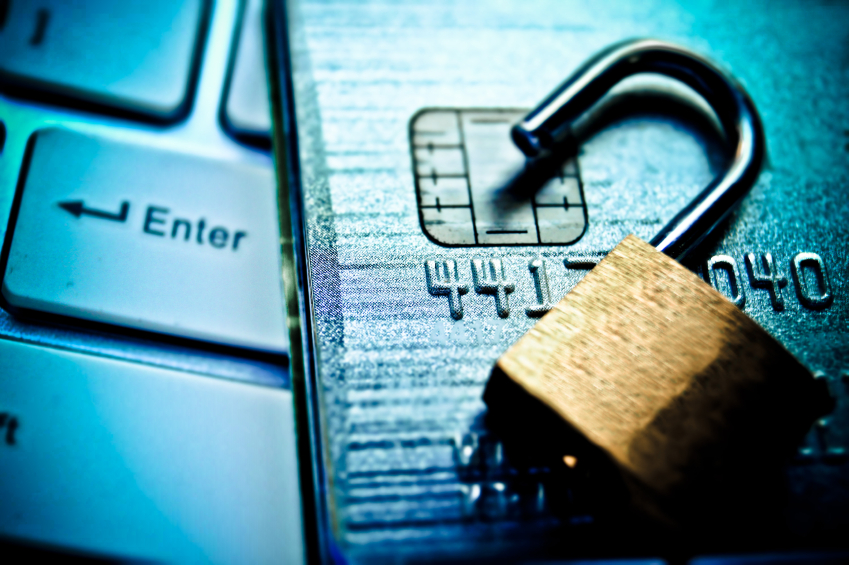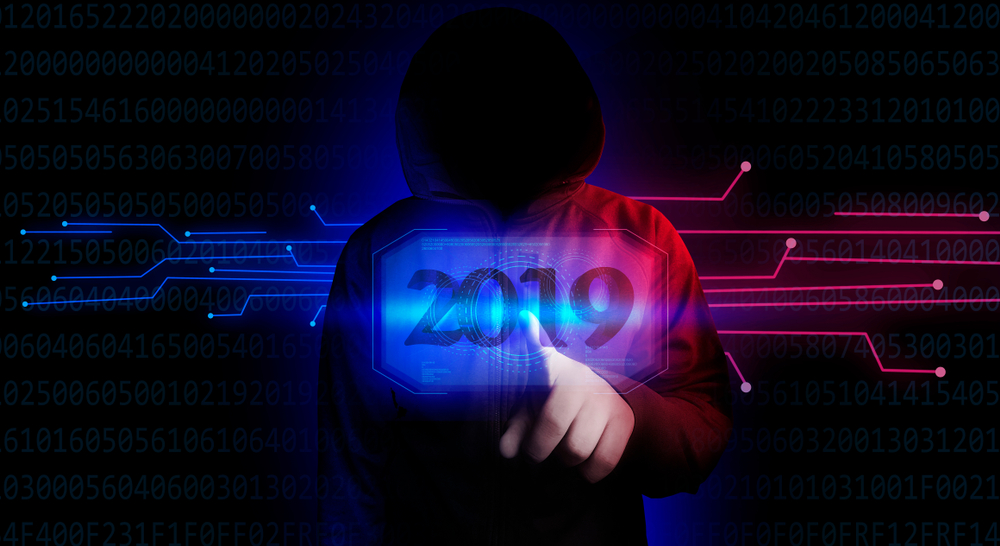Artificial Intelligence (AI) is now playing a significant role in helping to managing cyber risk. This was recently evident in the aftermath of the Nordsk Hydro ransomware attack where AI was utilised to identify further vulnerabilities.
This form of automative technology would seem to be a good match for managing the constant threats posed by hackers where new cyber attacks relentlessly attack computer systems and constant monitoring is required. Despite the automation basis there however still needs to be human involvement in this process.
How Does AI Work ?
Billions amounts of data is consumed by AI via machine learning and deep learning techniques. This makes it possible to improve and develop its cyber security bank of knowledge which ultimately provides a better understanding of existing and developing cyber risks.
AI utilizes reasoning in order to identify relationships cyber threats malware threats and dubious IP threats . This is then analysed in a very short period of time thus enabling users to respond and act on imminent cyber threats.
Where can Artificial Intelligence be used ?
- Monitoring of computer systems
- Predictive tool for new threats
- Analysis of threats based on current activity
- Monitor Human activity
- Post data breach tool
- Detection of viruses and malware
The Future
Capgemini released a report last month “Reinventing Cybersecurity with Artificial intelligence”
https://www.capgemini.com/wp-content/uploads/2019/07/AI-in-Cybersecurity_Report_20190711_V06.pdf
The report revealed that 69% of organisations felt that AI will be necessary to respond to cyber attacks in the coming years. Telecoms in particularly were of the view that this would help mitigate the sizable losses already experienced in this sector. Many organisations are gearing up for testing the viability of AI and how it can help their cyber risk management processes. Budget provisions for this are being made as long term there are many costs benefits in AI.
Artificial Intelligence is developing at a rapid rate and it is important that its application remains relevant to the cyber security sector as other industries also show an interest in this technology.
Image : Shutterstock






